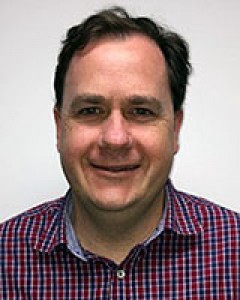Over the past 30 years, there has been significant investment and policy focus to redistribute the workforce in rural and regional areas, with robust evidence that rural origin, rural intention and positive rural exposure are factors in improved recruitment and retention. Higher turnover and poorer retention are seen in smaller rural towns and remote locations1,2, with the rural background effect noted to diminish in areas of inhospitable climate3. Whilst some work has focused on rural ‘amenity’4,5, differing rural contexts (such as inland compared to coastal locations) appear important to location decision processes5.
A recent study (2011–2012) of specialists and general practitioners (GPs) working in regional centres (population 25–100 000) aimed to identify the importance of various factors including location attractiveness in recruitment and retention using a survey and semi-structured interviews. It was conducted in two inland and two coastal locations in the Australian state of New South Wales, with 128 participants (37.5% response rate).
Our quantitative results (Table 1) confirm that recruitment and retention in these regional centres is multifactorial. Environmental attributes such as the beach, and professional factors such as work variety and workplace culture, had high rankings for GPs and specialists resident in coastal locations. In contrast, their inland counterparts had significantly lower values for location factors but similarly high values for professional factors. One clinician noted:
… the coast, it was a big part of my family. My father was a lifesaver. … Yeah, and beach is a big part of what we do with the kids, a huge part. … and I don’t even understand why anybody would want to live away from the coast. To me, it’s Australia.
Whilst acknowledging the limitations of the low response rate, the propensity for the coast highlighted different location drivers for GPs and specialists in inland and coastal regional centres. This key finding of the focused career planning of some doctors to move and stay in coastal locations and their lack of consideration of job opportunities in inland areas is cause for reflection. Thus, the available medical workforce interested in residing and working in inland regional centres is potentially a subset of the total number of practitioners in the job market. The ‘trumping’ of many other factors by location suggests the need for an approach to recruitment and retention that differs between coastal and inland locations.
With the advent of the Modified Monash Model classification system6 used in allocating medical workforce incentives, there is improved discrimination capacity to look at rural centres with differing population sizes and characteristics, such as coastal location2. Further attention to this different way of conceptualising ‘rural’ may assist not only in targeting incentives to the areas with the greatest need, but also inform health and other professional groups of the locational decision processes that may be in play, including the differing profiles of those prepared to work in inland and coastal locations.
Table 1: Retention rankings† by location and clinician (highest rankings only)



